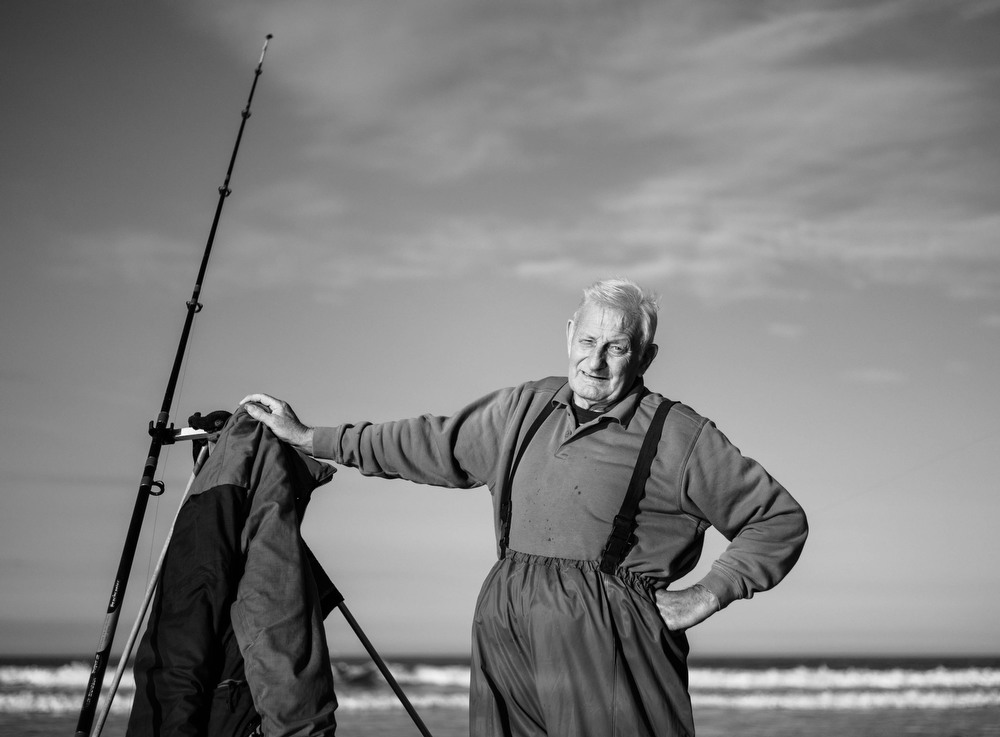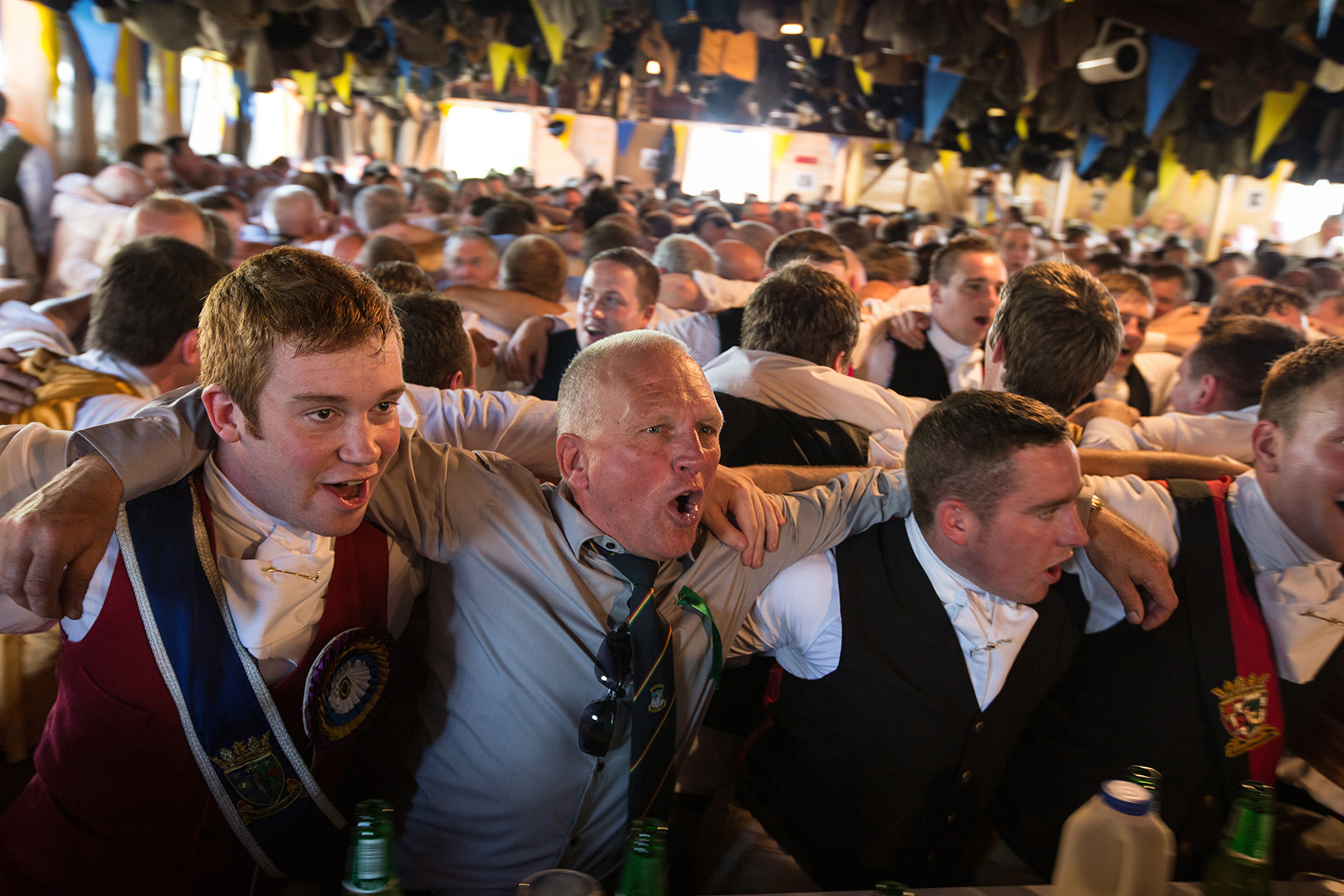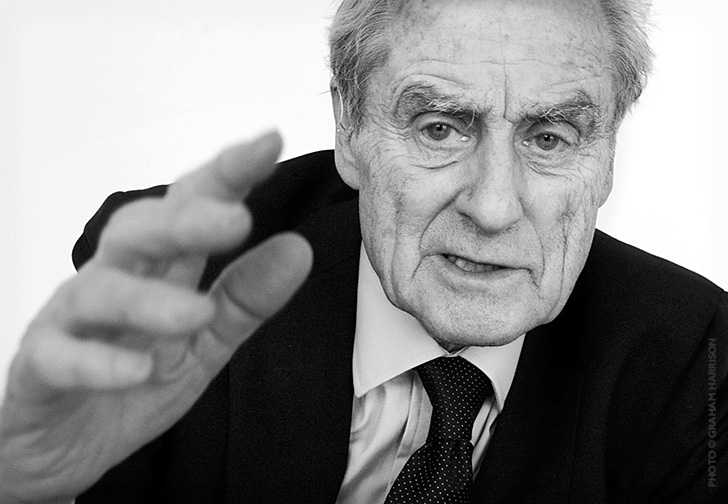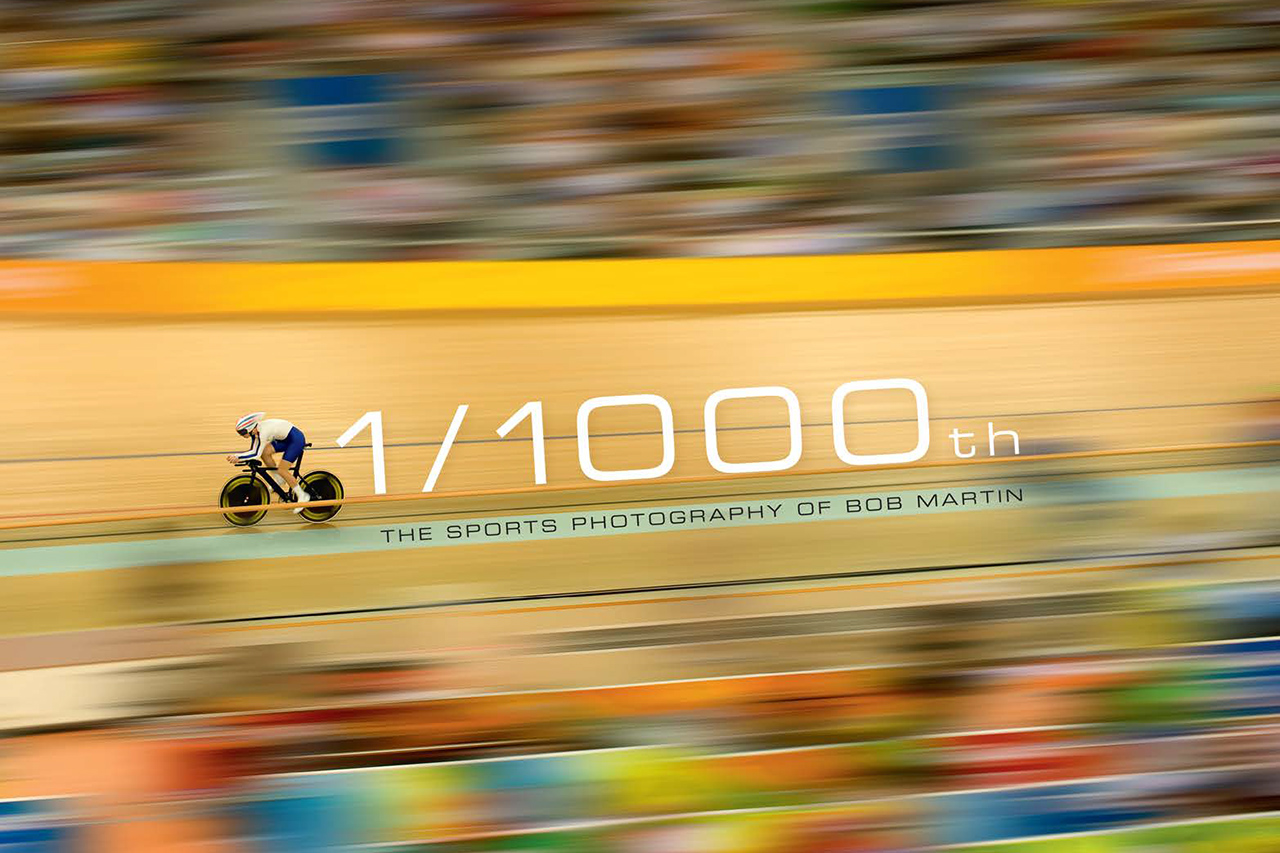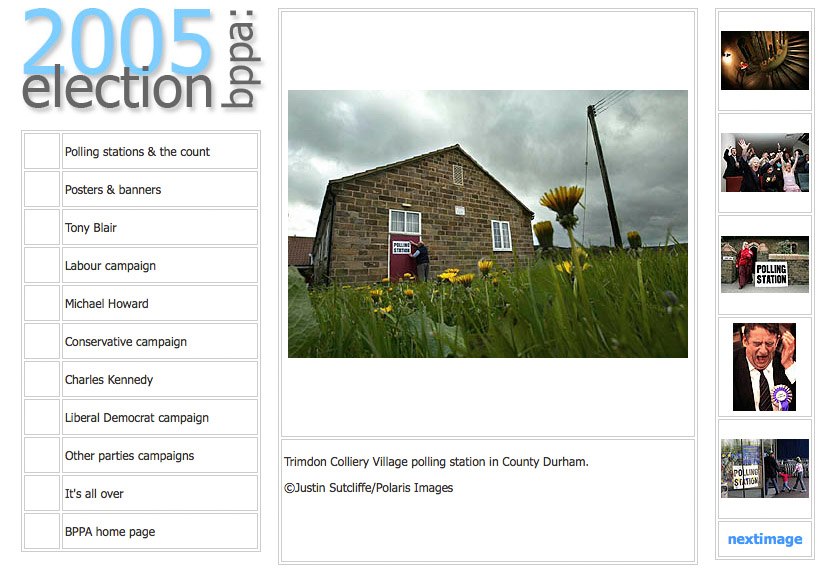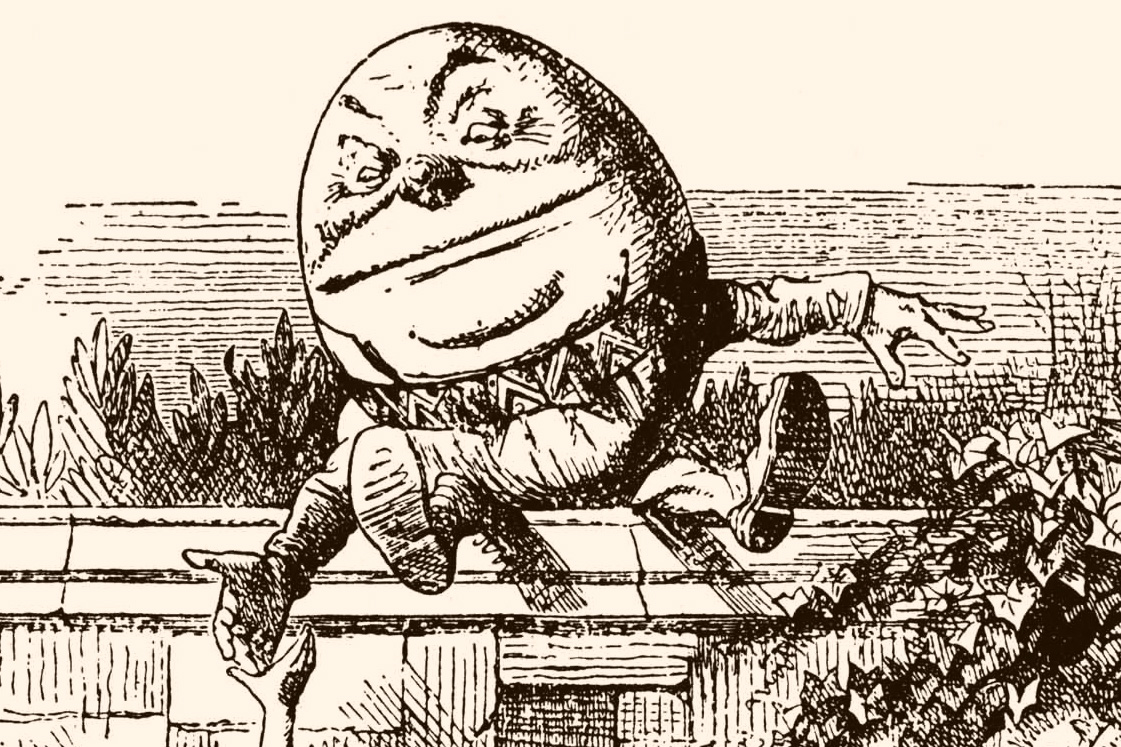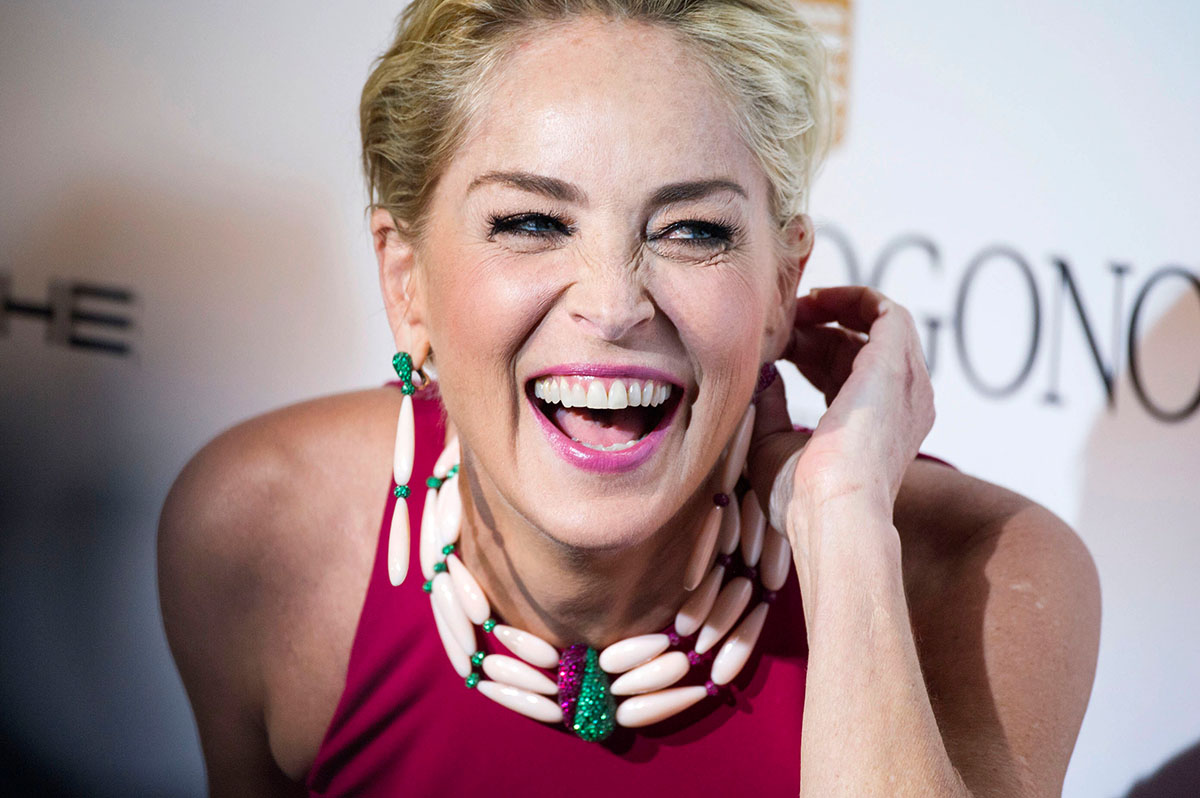Self-publishing 'Coast People'
As I write this post sitting at my desk in my home office I am surrounded by an ever-increasing collection of photography books. Books that I have been gathering over many years firstly as an amateur with a keen interest and now as a working professional photographer. Over these years and I assume like many other photographers I have always found that seeing a photograph in the printed form is indeed a wonderful thing. Whether it was a print that I made myself in a basic but functional darkroom at the start or then later in the digital world as a print came rolling unceremoniously out of an inkjet printer tethered to my laptop it was still a great feeling.
The photobook is an extension of that.
A way of seeing the work of photographers I admired and the kind of work I was interested in. Looking over the titles surrounding me I see familiar names that have inspired me through my photographic career. Names like Tom Stoddart, Don McCullin, Larry Burrows, Philip Jones Griffiths, Robert Capa, Jane Bown, Robert Frank, Robert Doisneau, Weegee, Bresson, Sean Smith….the list goes on. All of them offer ideas and inspiration to the photographer and provide an insight into a time and place in history and of course it goes without saying they provide fine examples of photography. So as a photographer one of my ambitions was always to have my own book of photography. To have my work printed and have something that I could be proud of and which I would be happy to have in my collection.
My journey into publishing has been an adventure to say the least. It’s been quite a stressful undertaking. It has been financially challenging and it was a long process that at times nearly reached the point where I simply let it go thinking it was too much of a task to take on. As my collection of rejection letters from publishers increased I thought that the idea of having a book picked up by a publisher was pie in the sky so when I received a letter saying that a publisher was interested I was all ears! Now we’re not talking Steidl or Thames and Hudson here! I’m not talking about an international publishing house knocking at my door! This was a decidedly smaller affair and one that would result in only a small run of books. To try and generate interest and arrange with bookshops that would be willing to stock the book meant I had to be very proactive and most of the publicity for the book fell upon me.
Things were going well. Layouts were all done. Captions were written and pictures decided upon. I had approached some local media and started to generate some wider interest in the book. I provisionally secured nearly thirty orders in one day just by posting it on social media. I had spoken to my friend, a photographer who’s work I admire greatly, Tom Stoddart, who kindly agreed to write the introduction for the book and all was going well. But problems arose when I saw the quality of the prints in the book. They weren’t what they should be. Not for a good quality photography book.
Now I was under no illusions about this book. I had no thoughts at all that this would make it into the collection of the world’s great photography books! I’m not under any impression that this small addition would make a difference to the world of photography as a whole. But that wasn’t the point. This was my book with my pictures in and so I wanted it to be right and I wanted it to be printed well. So after a few weeks of trying to work through the problems with the printing it became clear that it wasn’t going to get resolved and I had to look for an alternative way of doing it. Now I’ve self-published a couple of one-off books before through the online company ‘Blurb’. So I knew that the quality was very good and at least with the template style options available there were plenty of ways of making the book my own and which gave me some creative freedom when I put it together. So I found myself going down the route of self-publishing to try and get this book off the ground. After a re-design and a change in layout I eventually had a finished copy that looked how I wanted it to look.
Now the financial outlay of self-publishing is one that shouldn’t be underestimated. Unless you have a few thousand quid put aside it’s an uphill struggle. So much so that the costs of producing a number of copies was, for me anyway quite prohibitive. I could have waited for a couple of years or whatever until I had enough money put to one side to allow me to produce a few thousand copies off but let’s face it…when do any of us get to the point when we ever have enough money to do something like that. Sometimes you just have to go for it and see where it goes. So my book, ‘Coast People’ was released on-line through ‘Blurb’ last month. It represents the culmination of a long-term photography project that I had been working on for around 5 or 6 years and is a visual document of something that I’m passionate about and which I have access to all year round. It looks at the coastline between an area called South Gare at the mouth of the River Tees in Cleveland and down the coast to Flamborough Head in North Yorkshire. With the book I’ve tried to show the people who live or visit and who use the coastline for recreation, sport and business or simply as a means to get a break away from whatever they usually do. My approach was to look for the simple, the quirky or the humorous. Some are posed portraits whilst the majority are just ‘as they happened’ without interference from me and which I hope, as a documentary photographer might form some part of a visual record of how people use the coast and which might help promote the heritage of the area and ultimately help protect it.
So only time will tell if it achieves this. But all the comments I have had back so far from those that have bought it have been very positive and as far as self-publishing goes? Well as a working photographer the financial aspect cannot be ignored in anything we do. The pursuit of a fair wage for what we produce is ignored at our peril and as professionals none of us should ever work for free! Occasionally however the challenges of taking on a self-publishing task might bring other rewards that might as yet not be immediately obvious. It can bring an understanding that in this oppressive digital age the production of a book of photography is a real-time extension of the digital world we now live in. A book has form. It has texture and feeling. It is a collection of pictures chosen over many months by the photographer and a collection that has been put together with pride and commitment. It is also quite addictive! I am also releasing a high-quality magazine at the start of December that shows a selection of my feature stories and documentary work from through the year. Called ‘Room 2850’ – after my blog of the same name – I hope to produce twice a year showing more of the stories I photograph.
So maybe give it a go? Turn that long-term project that has been simmering away for a few years into something tangible, something that can be held and looked at many times. Maybe a few copies will sell or maybe thousands will be bought but at the very least it is something which can stand alongside all your other photography books but which can claim to have the one thing none of the other books have…you made it.
You can get the book from Blurb here and you can see more of Ian Forsyth’s work here

